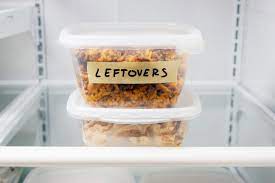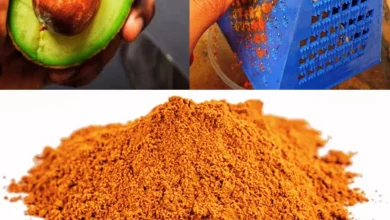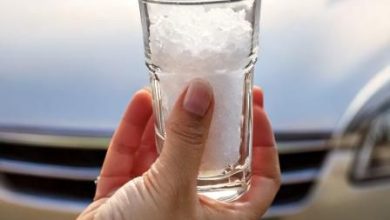Should Hot Leftovers Be Cooled Before Refrigeration

When it comes to handling food, there’s more to it than just preparing and enjoying a delicious meal. The way we handle leftovers, especially when they are hot, can significantly impact our health. In this article, we’ll explore the importance of proper food handling, specifically addressing the question: should hot leftovers be cooled before refrigeration?
Importance of Proper Food Handling
Why Does It Matter?
Proper food handling is crucial for various reasons. Beyond the obvious goal of avoiding foodborne illnesses, it contributes to overall health and well-being. When we neglect this aspect, the consequences can be dire.
The Risks of Incorrect Food Handling
Incorrect food handling can lead to bacterial contamination, affecting not only the taste of the food but also posing health risks. It’s essential to understand the potential dangers associated with overlooking the proper procedures.
The Dangers of Hot Leftovers
Bacterial Growth
One of the primary concerns with hot leftovers is the rapid growth of bacteria. When food remains at elevated temperatures for an extended period, bacteria multiply quickly, increasing the risk of foodborne illnesses.
Impact on Food Quality
Aside from health concerns, allowing hot leftovers to cool slowly can negatively impact the quality of the food. It may result in a loss of flavor, texture, and nutritional value.
Best Practices for Cooling Hot Leftovers
The 2-Hour Rule
To ensure safety, adhere to the 2-hour rule. Hot leftovers should be cooled and refrigerated within this timeframe to minimize the risk of bacterial contamination.
Dividing Large Portions
Large portions of hot food take longer to cool. To expedite the process, consider dividing them into smaller containers before placing them in the refrigerator.
Utilizing Shallow Containers
Shallow containers facilitate quicker cooling by exposing more surface area of the food to lower temperatures. Opt for wide, shallow containers over deep ones.
Common Misconceptions
Myth: Letting Food Cool Naturally Is Sufficient
Contrary to popular belief, allowing hot food to cool naturally on the kitchen counter is not sufficient. The cooling process must be expedited by transferring the food to the refrigerator promptly.
Fact: The Fridge Is Your Ally
The refrigerator plays a crucial role in preventing bacterial growth. It’s not just a storage space; it’s a tool for maintaining food safety.
Temperature Guidelines
Ideal Refrigerator Temperature
Ensure your refrigerator is set to the ideal temperature of 40°F (4°C) or lower to inhibit bacterial growth and maintain food freshness.
Avoiding Temperature Danger Zone
Be aware of the temperature danger zone (40°F to 140°F or 4°C to 60°C). Hot leftovers should be cooled promptly to avoid lingering in this range.
Storage Tips for Hot Leftovers
Safe Containers
Choose food-grade containers designed for refrigerator use. Avoid storing hot leftovers in containers that may crack or warp at low temperatures.
Labeling and Dating
Practice good organization by labeling and dating your containers. This helps you keep track of freshness and ensures you consume the oldest leftovers first.
Benefits of Proper Cooling
Preserving Flavor
Properly cooling hot leftovers preserves their flavor. Enjoying a reheated meal that still tastes as good as the day it was cooked is a reward of following these guidelines.
Maintaining Nutritional Value
Nutrients degrade over time, especially when exposed to higher temperatures. By cooling hot leftovers promptly, you retain the nutritional value of the food.




